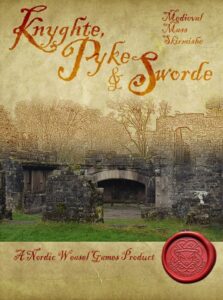
Title: Knyghte, Pyke & Sworde (affiliate link)
Authors: Ivan Sorensen
Publisher: Nordic Weasel Games
MSRP: $9.99 USD (PDF only thru WargameVault.com)
Period/Setting: Medieval, roughly 500AD-1500 AD. There is a supplement that expands this to include the Pike and Shot era.
Scale: 15mm or larger
Basing: Individual figure on each base
Game Board: 2’x2′, 3’x3’, 4`x4’
Army size per side: 2-3 individuals and 2-6 groups. That can be 8-30 figures depending on how big of a game you intend to play.
Primary dice: D6
Overview:
I want to mention now that did get a review copy of version 1.03. Between when I read the rules and now, version 1.04 has come out. The new version is mostly layout and visual changes, and I tried to make sure this review does cover the newer version of the rules.
These rules are sold only in PDF format. It is designed and formatted to be easy to read and follow on your monitor or tablet. When you purchase the book it does include a second file that is a one page quick reference sheet that is handy to have printed out and to have next to the game.
The rulebook is well laid out and easy to follow. The table of contents is clickable and it will let you jump directly every section. After the introduction, the book gets into the game turn and how to fight. After that they move on to how to build yours forces and how to play a campaign. Yes, how to fight is before how to make your force. This might sound a bit counter intuitive, but I like how it is done here. In the introduction they cover what you need to play and how to read the stat line for the units and characters. After that they offer three different levels of starter scenarios.

Each level tells you what types of figures to bring and how far apart they should start. It is at this point that they get into the rules for how to fight. As you can hopefully see now, there is some clever thinking in the layout of this book. You can set up a game and then you can play along as you read the rules.
The Game Turn:
A game will consist of 5 turns. Each turn is made up of 3 separate phases. The Time Phase is first. This phase will not be used in every game, but this is when reinforcements arrive or any other planned or rolled events will take place.
The Action Phase is where everything happens for the units on the table. It uses an alternating activation system. Each side rolls a D6 and highest goes first. On a draw, the player who went last gets to go first. Whoever goes first picks a unit and gives them one of the available actions. The four actions are Move, Engage, Shoot, and Run.
Once every unit has performed an action the Victory phase happens. At this point you check to see if anyone has won. It is also at this point that one side can concede if they are playing in a campaign and want to keep what troops they might have remaining for a later game.
The Forces:
This game is not a complex simulation of medieval warfare. There are no French rules, or Viking rules included. What is included are 9 troop classes. These go from Levy to Missile to Charger types. Each class has a unique special “ability” but it is up to the players to determine what type of unit a particular unit will be classed. One example is in regards spearmen with a shield. You could choose to have them be more defensive and take them as a Shield class or you could make them more aggressive and take them as the Polearm class. The decision is up to you or the historical force you are building.
Each class of troops has a different stat line that can be improved for additional cost against your army point total. This can allow for further customization to your forces by making them better at fighting or have tougher armor.
Since there is very little “history” attached to the rules it is up to the individual to make an appropriate force. For some people this could be a problem since the incentive to play historical is not really present. On the other hand, it easily allows you to play with what you have and to enjoy the game. In my battle report further down, you will see that I played a small group of elves against some Teutonic knights and there was no need to change anything in the rules. (Full disclosure: the elves did not have any magic powers since that is not in the game)
Prepping for battle:
There are many rules options when it comes to preparing for a game. You can add in such things as weather and expanded objectives to a single game or to a campaign. I really liked the easy to follow scenario creator for one-off games. It is just three table that have you roll a D6 and see what caused the fight that is about to be fought. These options are broad enough that they fit together nicely. The table just answer the questions: Where? What? and Who? Knowing those answers is all you really need to build a scenario and to add flavor to the game you are about to play.
If you are playing in a campaign, then you will have more work to do before and after a battle. You will need to decide what forces to bring before the fight and maybe try your luck at some special preparations to give yourself an advantage in the coming fight. After the fight you have to figure out who actually died and to award experience and maybe some rewards for your commanders for their valiant leadership.
The fight:
I used the Level 1 starter scenario to determine what figures I should dig out. It resulted in my attacking force of elves versus a defending force of Teutonic Knights. I used the scenario generator to help me pick my terrain and setup the map.
I rolled for a river crossing battle and I picked the objective of a pitched battle so that the goal is to kill the other side. Nice, simple and brutal.
Early game:
The elves started out strong. They managed to kill a Teutonic spearman and wound another one. The other units maneuvered towards each other. The Teutonic crossbowmen did not have any luck and just wasted bolts shooting at the archers in the bushes. The two remaining Teutonic spearmen take a very bold move and charge at the enemy commander. They utterly failed and lost another man and got pushed back.
Mid Game:
The elves keep the initiative and start turn 3 with their commander charging at the lone Teutonic spearman, as he looks for the easy kill. This turns out to not be the case, as the lone spearman manages to land a critical blow and slides his spear between the armor plates of the Elven commander; killing him instantly. In game terms, the spearman rolled a critical hit and the commander failed all his armor saves. While the commander did manage a hit, yet the armor save was made by the spearman.
Having just witnessed their leader being killed in a duel. The Elven spearmen try to take out their anger on the Teutonic commander as they charge at him. The three spearmen and commander are only able to trade a wound as they get pushed back. The commander then moves in and engages the spearman and manages to kill one without any undue harm befalling him. Seeing an opening the last Teutonic spearman moves into the flank of the Eleven spearmen and feeling overly powerful he is quickly overpowered and defeated. The Elves have had their revenge on the man that killed their leader.
End Game:
As the final turn of the game starts the Elven spearmen and Teutonic leader find them selves fighting once again. The elves take another beating but manage to wound the knight.
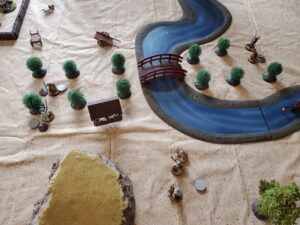
In the end the Teutonic knights have a wounded leader and all three crossbowmen still alive. The elves limp back across the river with one wounded spearman and two archers; one of which is wounded.
Final Thoughts:
These rules are great for what they are. They are an affordable set of easy to learn and quick to play rules. If you already have a large collection of figures and rules, then you might want to pass on this one. There is one disclaimer to this though; the scenario generator is simple, yet it can help you come up with quick story on the fly. It could be worth printing out and keeping near your table for when you need a narrative for your game.
This game is a great entry point if you are looking to get someone started in wargaming like a child or a friend. It is accessible to play a single game and it is fast paced. Playing a game of it should come to a satisfactory conclusion after just five rounds. The campaign does add rules, but they do help generate a narrative as you play.
If you have a preference for Pike and Shot era games then you might want to check out the supplement titled Ambuscades & Affairs of Outposts thru WargameVault for $3.99 USD (affiliate link). It adds pikes and pistoleers in addition to some other rules and scenarios. It also includes eight simple army lists to get you started from groups as varied as the Dutch, Huguenots, English Sea Dogs and Spanish Colonial Troops.

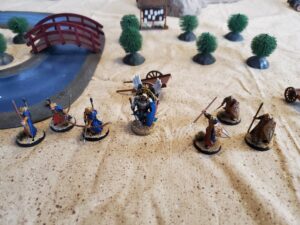
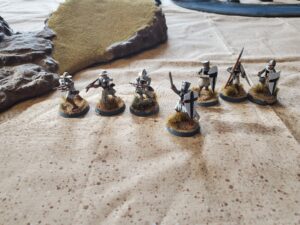
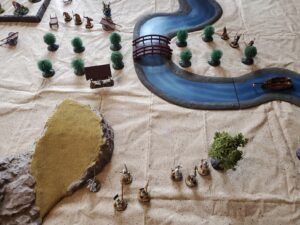
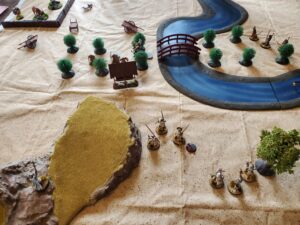
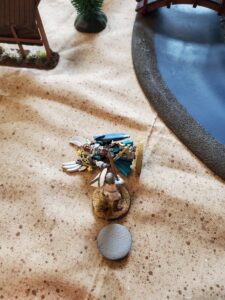
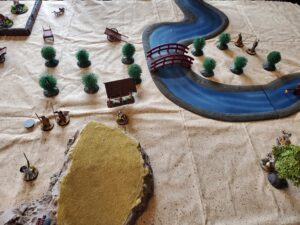

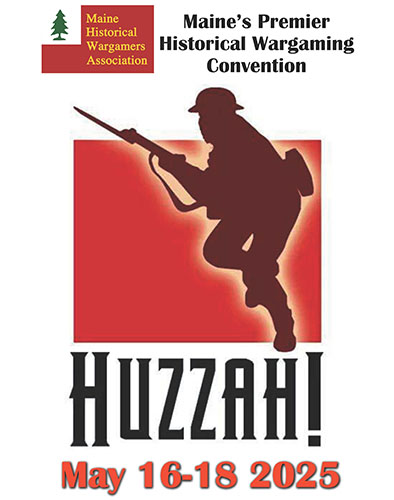
Sound like a good con game, sometimes GM’s spend a lot of time teaching the rules it’s better to just get into the game. I have armies I can use for this but I’m working on my own. Still might give these a try I like easy rules that equals fun to me.